Black Japanese Beetles
lainey2 VA
10 years ago
Featured Answer
Comments (17)
zack_lau z6 CT ARS Consulting Rosarian
10 years agonickl
10 years agoRelated Professionals
Richmond Heights Landscape Architects & Landscape Designers · Saint Charles Landscape Architects & Landscape Designers · Washington Landscape Architects & Landscape Designers · Chattanooga Landscape Contractors · Fountain Valley Landscape Contractors · Gurnee Landscape Contractors · Indio Landscape Contractors · Kahului Landscape Contractors · Mount Sinai Landscape Contractors · Newnan Landscape Contractors · Pikesville Landscape Contractors · Vermilion Landscape Contractors · Whittier Landscape Contractors · Antioch Landscape Contractors · Suisun City Landscape Contractorslainey2 VA
10 years agoratdogheads z5b NH
10 years agorosetom
10 years agonickl
10 years agomeredith_e Z7b, Piedmont of NC, 1000' elevation
10 years agolainey2 VA
10 years agosandandsun
10 years agohenryinct
10 years agosandandsun
10 years agomeredith_e Z7b, Piedmont of NC, 1000' elevation
10 years agosandandsun
10 years agomeredith_e Z7b, Piedmont of NC, 1000' elevation
10 years agohenryinct
10 years agobellarosa
10 years ago
Related Stories

EXTERIOR COLORExterior Color of the Week: Bewitching Black
Think you’ve got what it takes to pull off this bold, trendy color choice for exteriors?
Full Story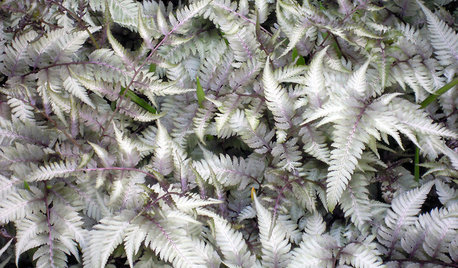
GARDENING GUIDESGreat Design Plant: Japanese Painted Fern Weaves a Garden Tapestry
Bring striking colors and texture to your woodland garden with Athyrium niponicum var. pictum
Full Story
DECORATING GUIDESSo Your Style Is: Japanese
Peaceful and pure, Japanese interior design style celebrates the ancient customs of the East
Full Story
GARDENING GUIDES12 Japanese Maples for a Sunny Garden
The right maple in the right place shines in hot summer sun
Full Story
ARCHITECTURE12 Elements of the Traditional Japanese Home
Privacy, natural light and harmony with nature are enhanced through these design features
Full Story
Design Solution: Japanese Shoji Screens
See How Light-Filled Shojis Create Serene Spaces for Modern Homes
Full Story
MODERN ARCHITECTUREHouzz Tour: A Concrete Box Home With Japanese Style
A love of Japan’s minimalistic style and the use of concrete make for a mystical experience in this Houston home
Full Story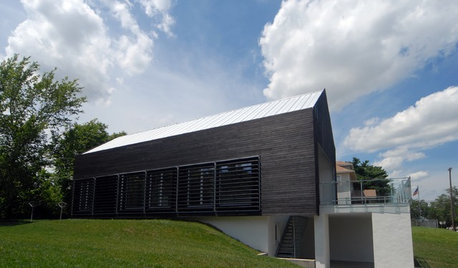
REMODELING GUIDES'Yakisugi-ita' Is Setting the Siding World on Fire
Exterior wood siding created by a Japanese burning technique is now alighting in the Western world
Full Story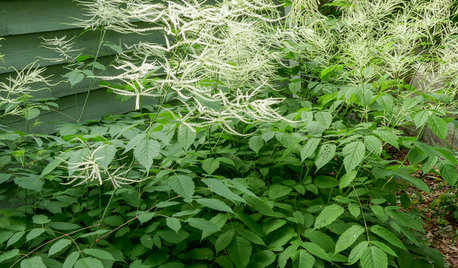
FLOWERS AND PLANTSAruncus Dioicus Is a Stately Plant for Shady, Moist Garden Spots
Plant goat’s beard in perennial and woodland gardens. Its large white spring blooms attract bees, beetles and butterflies
Full Story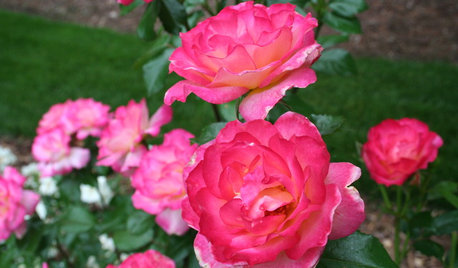
GARDENING GUIDESSoutheast Gardener: What to Do in June
Get your snippers out to protect your roses from beetles and harvest lavender from the landscape. It's a glorious month for Southern gardens
Full StoryMore Discussions






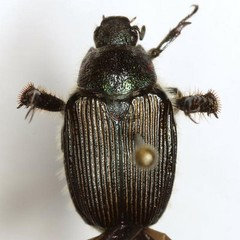

rosetom